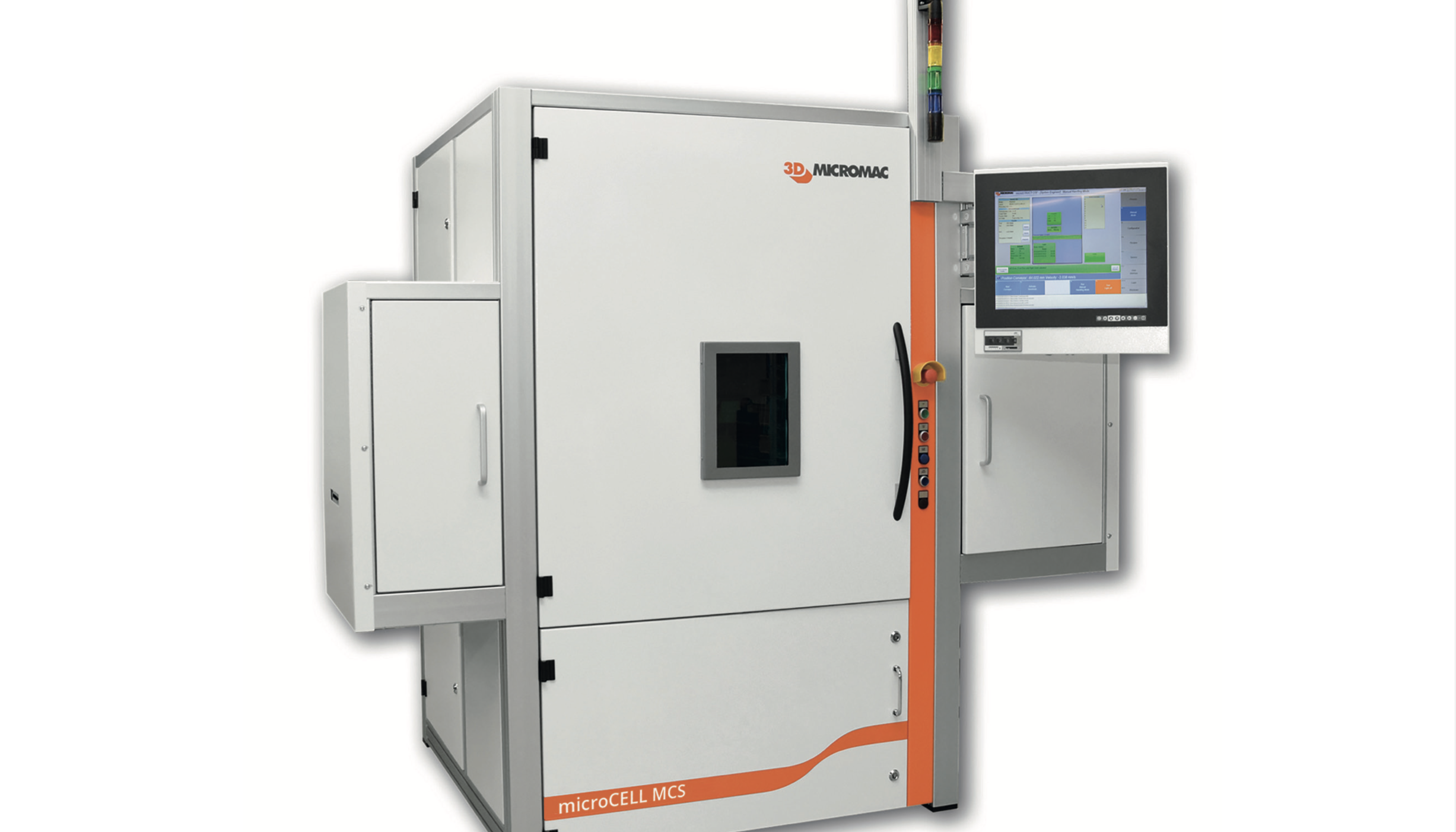Over the past years, cutting solar cells into half-cells has grown to become a mainstream strategy in PV manufacturing. Significant gains in both power rating and mechanical strength at module level are demonstrated by using these technologies. It is also one of the key developments that has allowed the recent switch to larger cell formats and the accompanying jump in module power ratings.
Since many of these larger formats, as well as other technologies that caught the eye of manufacturers, require cells to be cut into three or even more pieces, cell cutting is sure to remain at the heart of PV manufacturing for the foreseeable future.
But this has not come without challenges or risk. A conventional cutting process is laser scribing, followed by a mechanical breaking process. This laser scribing method requires a deep scribing of approx. 30%-50% of the wafer’s thickness and causes a significant damaging of the solar cell edge in combination with microcracks. Both have a negative effect to the performance of the cell.
Basics of thermal laser separation (TLS)
TLS is a well-known process that came from the micro-electronics industry. The process is well established in cutting of half-cells since many years with industry references from leading manufacturers.
TLS process is a damage free laser dicing technique for brittle materials such as silicon, silicon carbide and gallium arsenide. It relies on the application of a defined and controlled stress field imposed by a laser-based heating and subsequent cooling. Thus, a crack is guided through the entire cell and two half-cells are obtained.



























